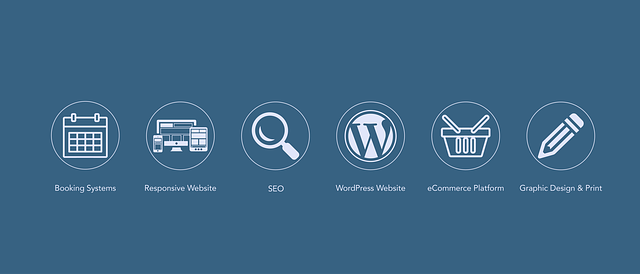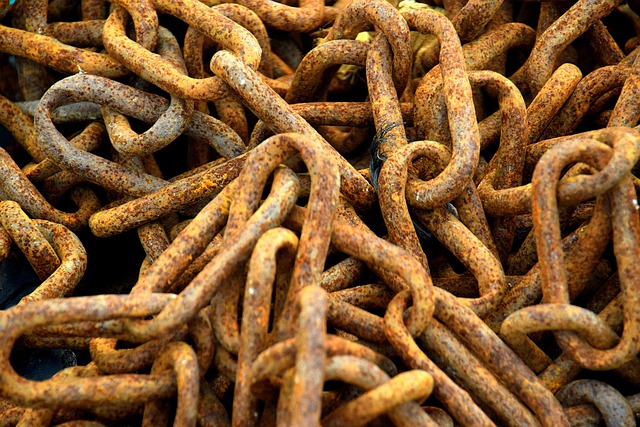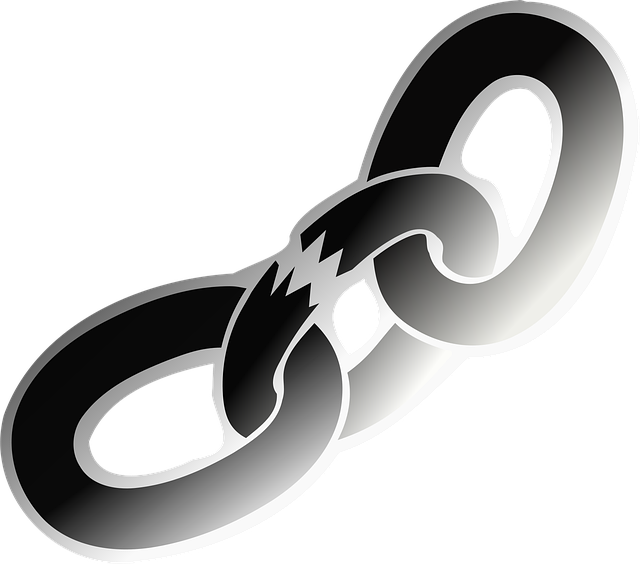Internal linking is a powerful SEO tool, especially for WordPress sites, optimizing both user experience and search engine visibility. A well-structured internal link strategy involves creating a logical hierarchy, interlinking relevant content with descriptive anchor text, and regularly updating the structure as the site grows. Using WordPress plugins like Yoast SEO simplifies this process, while tools like Google Search Console help refine existing links. By measuring key metrics, SEO specialists can ensure their internal linking strategy enhances navigation, improves user engagement, and boosts search rankings for WordPress sites.
“Unleash the power of internal linking for technical SEO excellence! This comprehensive guide is tailored for specialists seeking scalable strategies. We explore the fundamental role of internal links in enhancing site architecture and search engine visibility. Discover how a well-structured network can drive organic traffic and improve user experience. Specifically, we delve into WordPress-specific optimizations, offering efficient methods to manage and create an ideal internal link structure. Get ready to revolutionize your SEO approach with proven practices and measurement techniques.”
- Understanding the Role of Internal Linking in Technical SEO
- The Impact of a Well-Structured Internal Link Network
- WordPress-Specific Considerations for Efficient Internal Linking
- Scalable Methods to Optimize and Implement Internal Links
- Best Practices for Creating a Logical Internal Link Structure
- Measuring Success: Tracking and Analyzing Internal Link Performance
Understanding the Role of Internal Linking in Technical SEO

Internal linking is a fundamental component of Technical SEO, often overlooked yet possessing immense power to enhance website performance and user experience. In the context of WordPress, which powers a significant portion of the web’s content, structuring internal links strategically can significantly impact search engine optimization (SEO). A well-designed internal link structure serves as a roadmap for both users and search engines, guiding them through your site’s vast information architecture.
By implementing effective internal linking strategies, SEO specialists can ensure that relevant pages are interconnected, fostering better crawlability and allowing search engines to understand the context and importance of each page. This process involves careful consideration of anchor text, link placement, and overall website navigation. Utilizing tips like keeping link structures consistent, interlinking related content, and prioritizing important pages can optimize internal linking for maximum SEO benefit.
The Impact of a Well-Structured Internal Link Network

A well-structured internal link network is a cornerstone of any robust SEO strategy for WordPress sites. It acts as a digital roadmap, guiding both users and search engine crawlers through your content ecosystem. When implemented effectively, this internal link structure tutorial translates into improved user experience, faster page load times, and enhanced crawlability – all factors that contribute to better search engine rankings. By strategically linking relevant pages together, you create a powerful network that enables efficient distribution of link equity, boosting the overall SEO of your site.
This internal link structure optimization goes beyond mere connectivity; it involves a deep understanding of user behavior and content hierarchy. A well-designed network ensures that essential pages are easily accessible from various entry points, encouraging deeper engagement and reducing bounce rates. Moreover, it allows search engines to index your content more effectively, uncovering hidden gems within your site’s tapestry and ensuring every page has the potential to contribute to your overall SEO performance.
WordPress-Specific Considerations for Efficient Internal Linking

WordPress offers unique advantages for structuring internal links due to its flexibility and extensive plugin ecosystem. When optimizing your site’s internal link structure for WordPress, focus on creating a logical hierarchy that reflects the organization of your content. Utilize relevant anchor text that accurately represents the target page, enhancing both user experience and search engine understanding.
Plugins like Yoast SEO or All in One SEO Pack provide powerful tools to manage internal linking directly from your dashboard. These plugins offer internal link structure tutorials and tips, making it easier to ensure every link points to relevant content. By leveraging these WordPress-specific features, you can create a robust internal link structure that not only improves site navigation but also bolsters your website’s internal link structure SEO.
Scalable Methods to Optimize and Implement Internal Links

In the realm of technical SEO, particularly for WordPress sites, scalable methods of internal linking are paramount to boosting search engine visibility and user experience. A well-crafted internal link structure optimization strategy involves thoughtful planning and implementation. Start by identifying key pages that act as hubs within your site’s architecture, ensuring these pages interlink with relevant content in a logical manner. This strategic internal link structure strategy not only enhances crawlability but also distributes page authority evenly across your WordPress site.
Utilize tools like Google Search Console and Yoast SEO to analyze existing internal links, identify broken or redundant ones, and refine the overall internal link structure for better performance. Regularly update and review your internal linking strategy to align with evolving user preferences and search engine algorithms. By focusing on these scalable methods of internal link structure optimization, you can significantly improve site navigation, reduce bounce rates, and elevate your WordPress site’s SEO performance over time.
Best Practices for Creating a Logical Internal Link Structure

When crafting an internal link structure for WordPress sites, specialists should prioritize logic and scalability. A well-designed internal linking strategy begins with understanding your site’s hierarchy and content architecture. Organize pages into categories or clusters based on shared themes, ensuring a clear flow of information that benefits both users and search engines. For instance, grouping blog posts by topic or chronologically can create a natural navigation experience.
Follow these internal link structure tips: start with a sitemap that outlines your site’s structure, make use of anchor text that accurately represents linked pages, and avoid excessive linking within content to maintain readability. Additionally, focus on using relevant keywords in anchor text for better SEO. Regularly review and update the internal link structure as your website grows, ensuring optimal internal link structure optimization at all times.
Measuring Success: Tracking and Analyzing Internal Link Performance

Measuring success is a critical aspect of any SEO strategy, and internal linking is no exception. For technical SEO specialists, tracking and analyzing internal link performance provides invaluable insights into the effectiveness of their chosen structure and optimization strategies. By implementing robust tools for monitoring click-through rates (CTR), time on page, bounce rates, and user engagement across internal links, professionals can gain a clear understanding of which links are driving traffic and boosting user experience.
For WordPress sites, an optimal internal link structure strategy involves a careful balance between relevant anchor text, strategic placement, and a hierarchical organization that enhances navigation. This internal link structure tutorial emphasizes the importance of data-driven decisions, enabling specialists to refine their approach through continuous analysis. Through such efforts, they can ensure their internal linking optimizes not just for search engines but also for user engagement, ultimately contributing to improved site performance and higher rankings.
